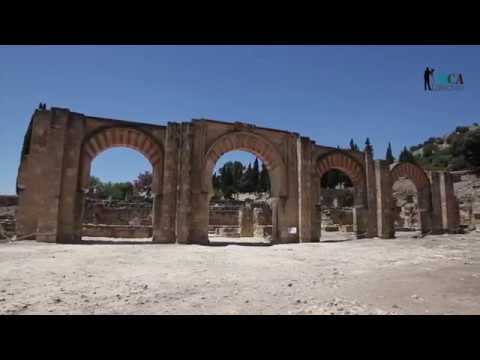Medina Azahara, or the Arab Palace City, is an archaeological site located just 10 kilometers outside of Córdoba, Spain. It was the de facto capital of al-Andalus, the Muslim caliphate of the Iberian Peninsula, during the 10th century. The site is a stunning reminder of the splendor of the Caliphate and its rich history.
History of Medina Azahara
The city was built between 936 and 940 CE, by the orders of Abd ar-Rahman III, who declared himself caliph of al-Andalus in 929 CE. He wanted to create a new capital that would befit his title and demonstrate the power of the caliphate. The site was chosen for its strategic location, with the Sierra Morena mountains to the north and the Guadalquivir river to the south. The site was named after his favorite wife, Azahara.
The city was a marvel of its time, with over 1,000 buildings spread over an area of about 10 square kilometers. It included palaces, mosques, baths, administrative buildings, gardens, and even an aqueduct. It was a symbol of the caliphate’s wealth and power and attracted scholars, poets, and artists from all over the world.
Destruction of Medina Azahara
Unfortunately, the city was short-lived. In 1010 CE, it was sacked by the army of the Berber ruler Sulayman ibn al-Mustakfi. Most of the buildings were destroyed and the site was abandoned. It was not until the early 20th century that the site was rediscovered and archaeological excavations began.
Preservation of Medina Azahara
Today, the site is a protected UNESCO World Heritage Site and is open to the public. Visitors can explore the ruins and learn about the history of the city. Excavations are ongoing and new discoveries are made every year. The site also includes a museum with artifacts from the city and an interactive exhibition about its history.
Conclusion
Medina Azahara is a reminder of the once-great Caliphate of al-Andalus and its rich history. It is a stunning archaeological site and a great place to learn about the culture and history of the region. Visitors can explore the ruins and learn about the city’s past, while also enjoying the stunning scenery of the Sierra Morena mountains.


0 Comments